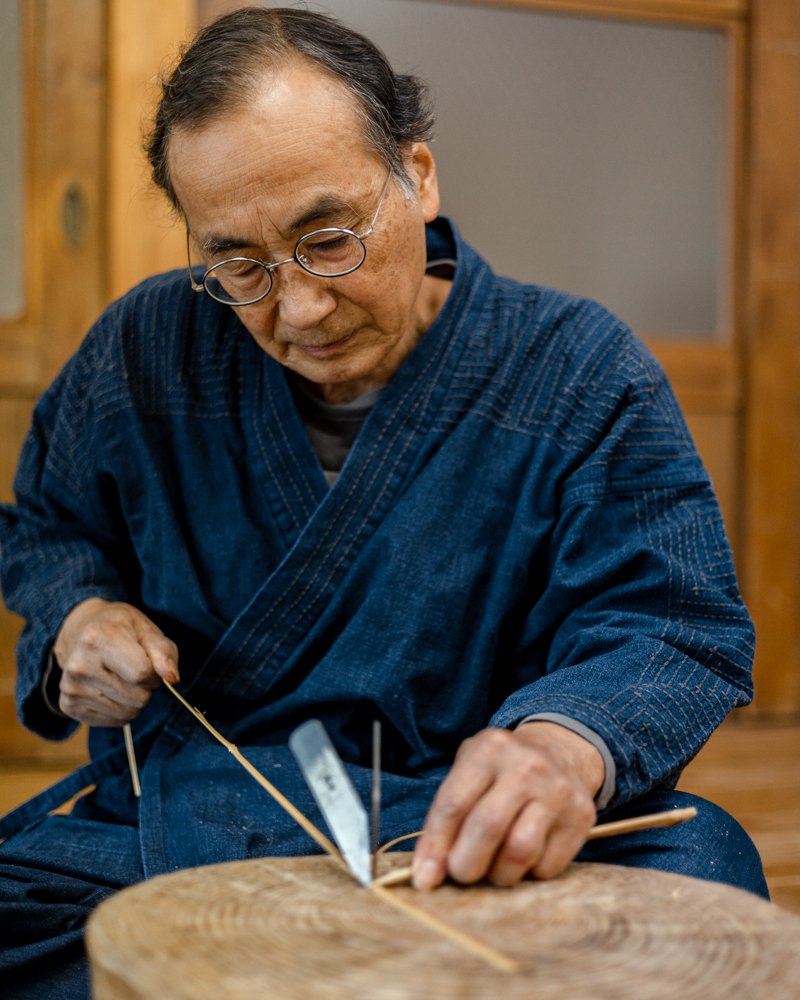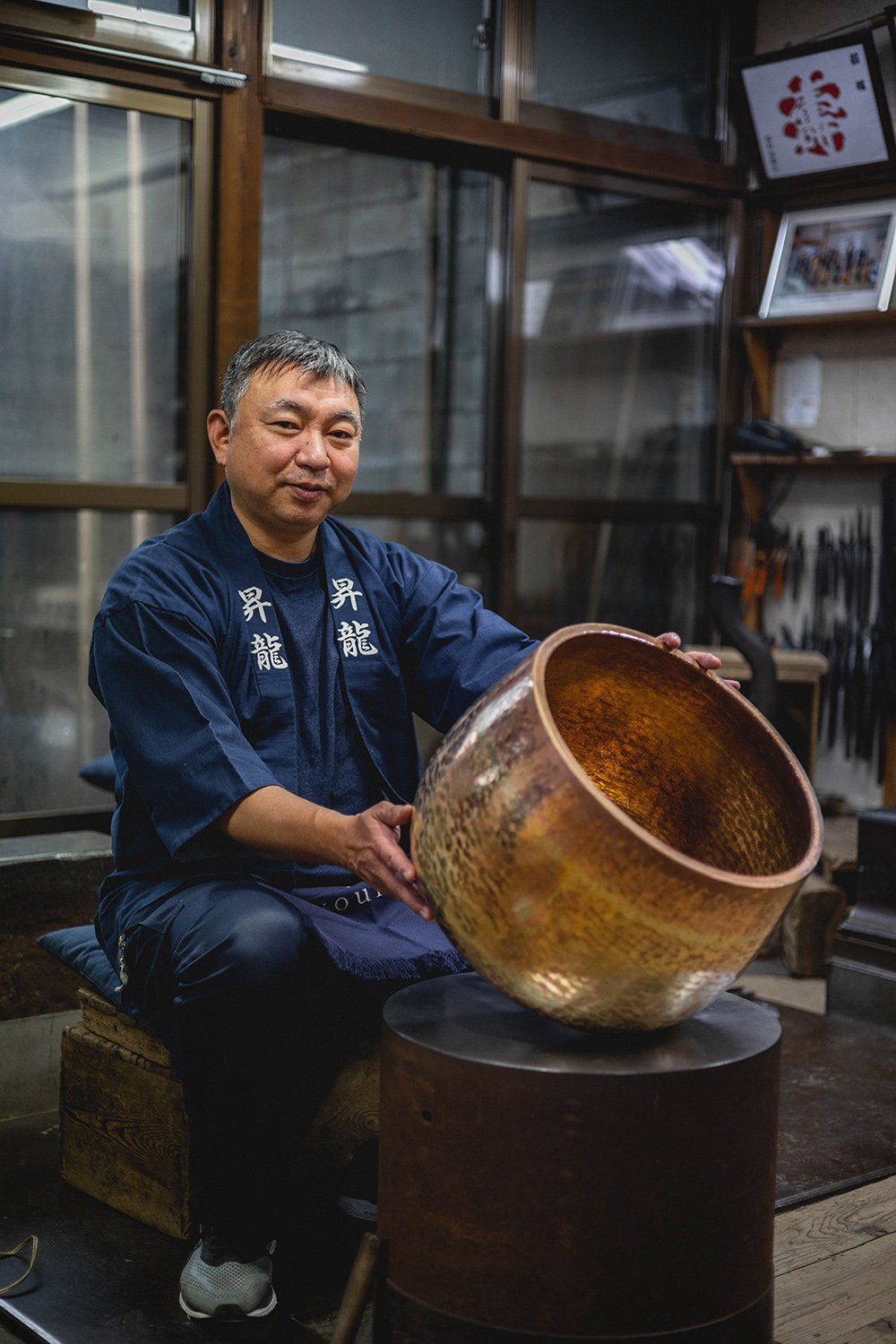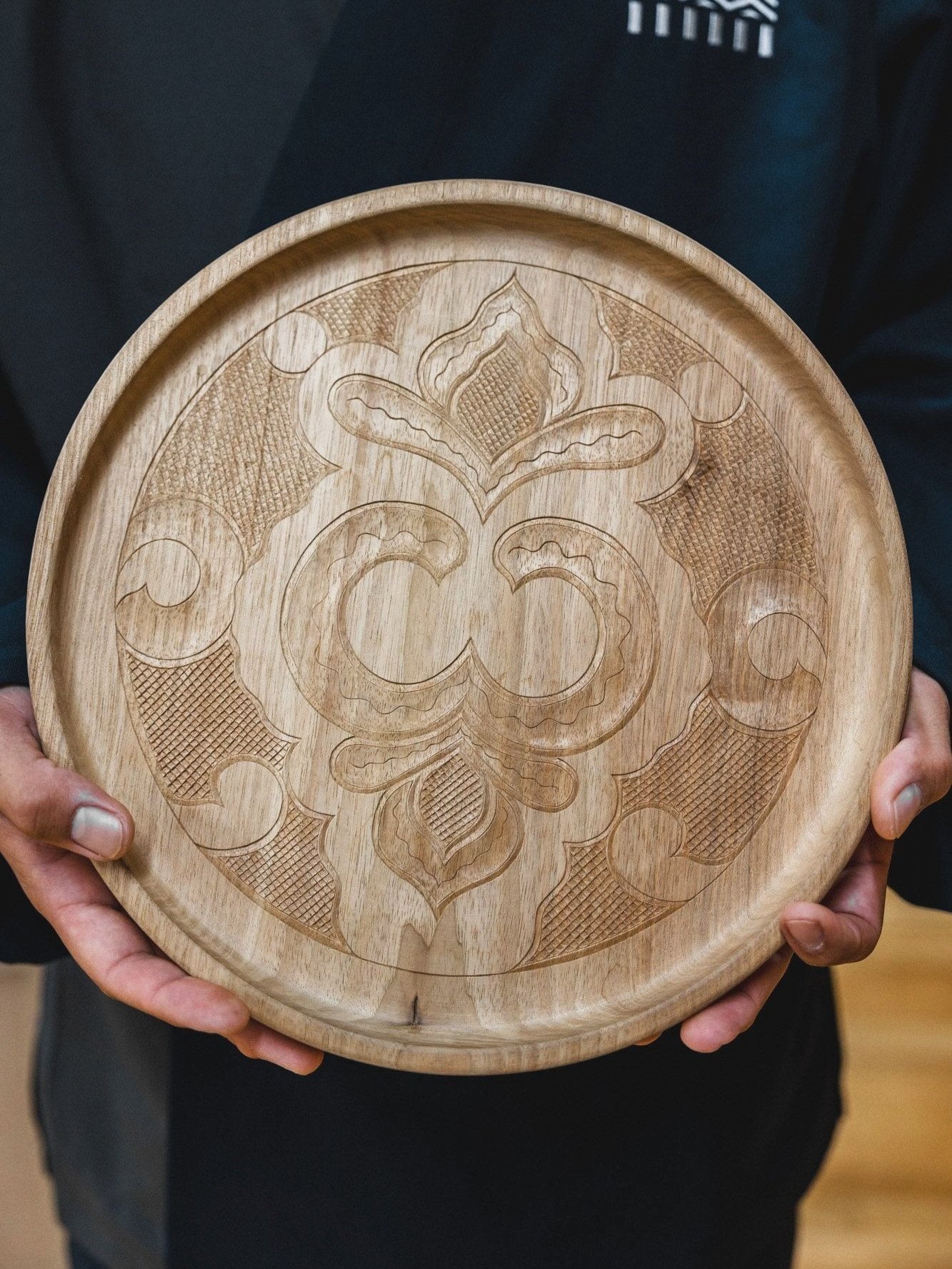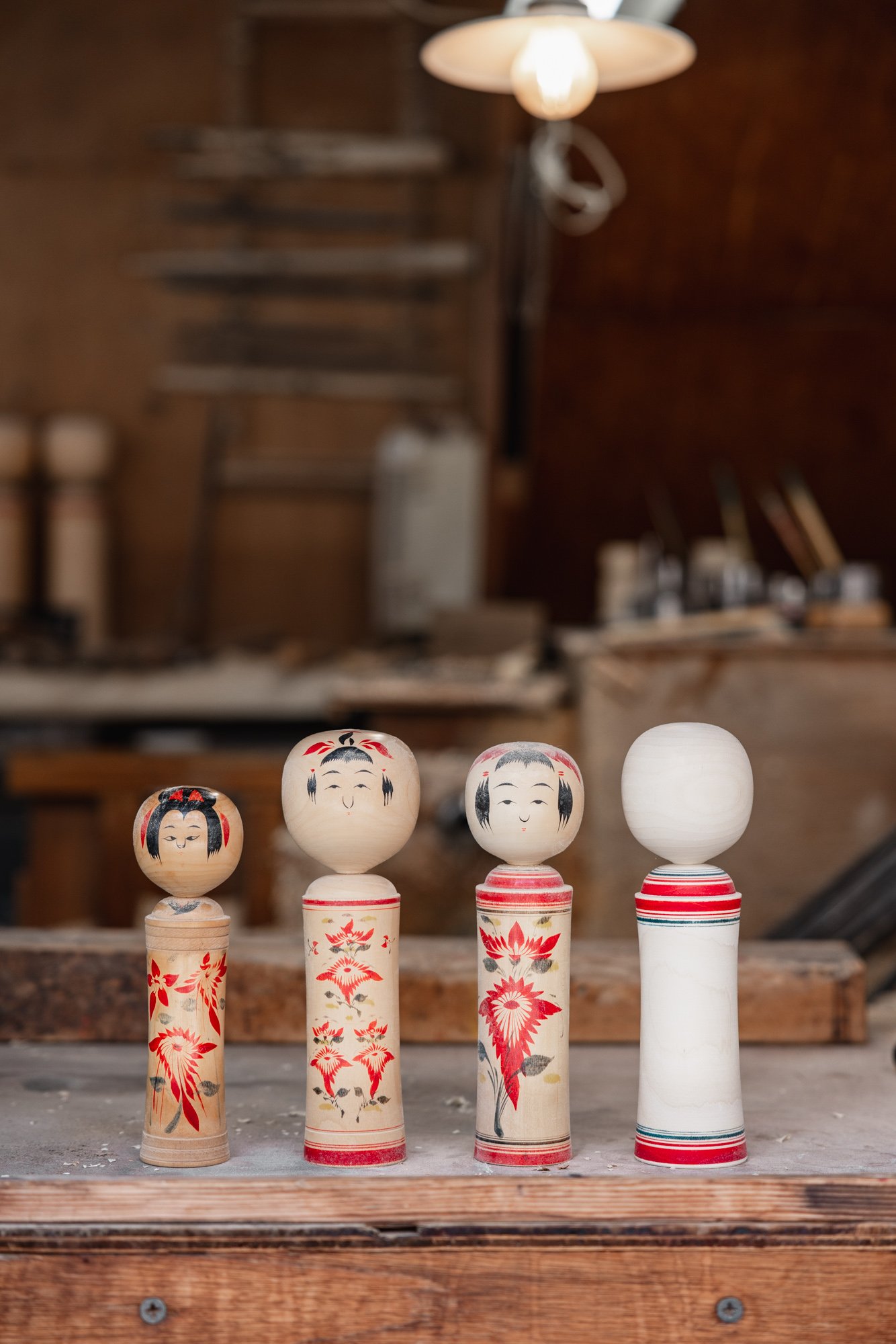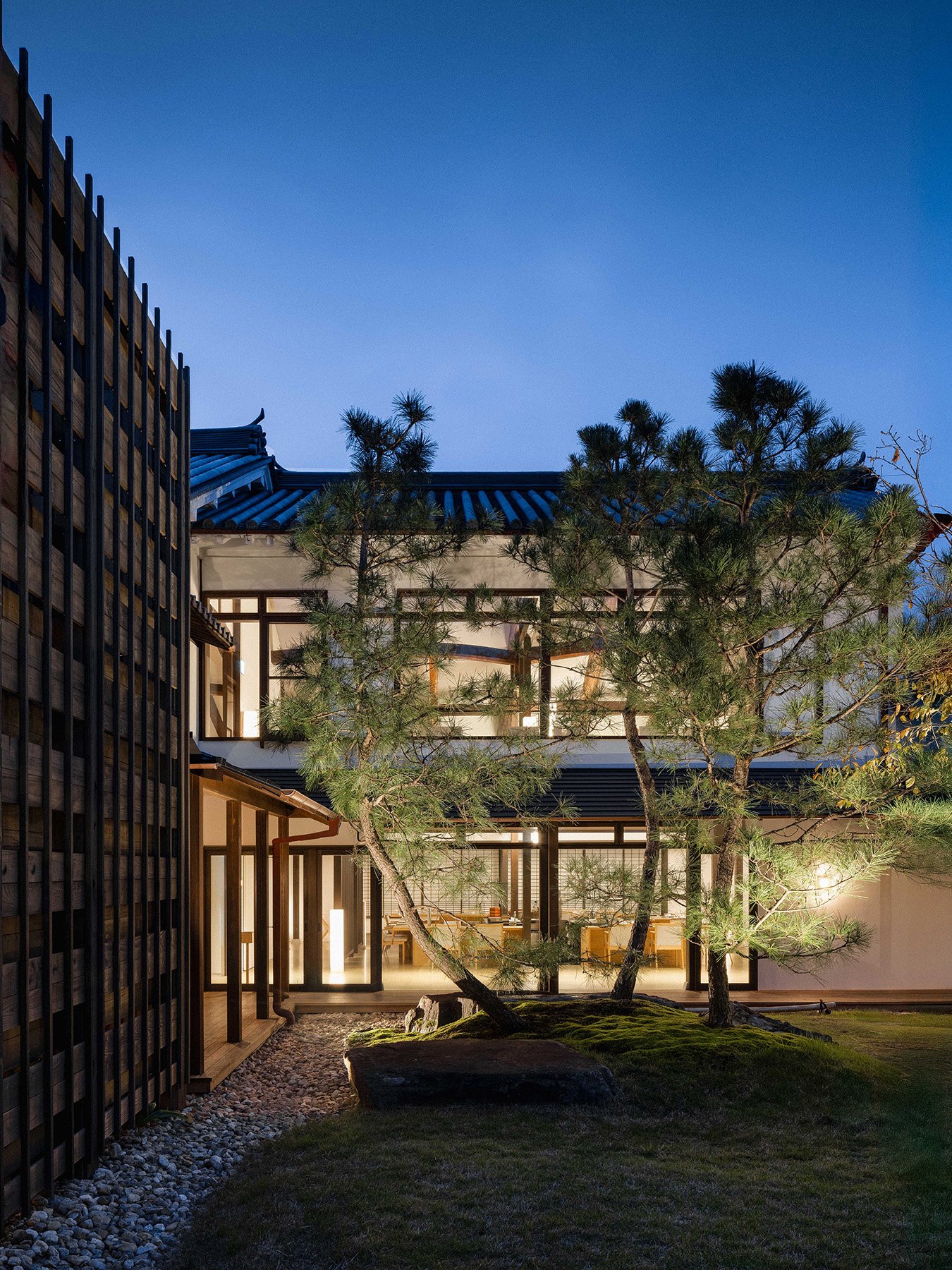7 Places to Visit in Japan for Traditional Crafts
When I moved to Japan in 2019, I quickly became obsessed with all types of Japanese folk crafts and traditions. Over the years, I’ve had the honour of meeting some of the nation’s most treasured ‘Shokunin’, from sword-makers in Kanazawa to silk weavers in Fukuoka, and glass makers in Chiba to kimono artisans in Kyoto. A true Shokunin is someone who dedicates their life to mastering their craft, it’s an elite standard of self‑discipline and a personal responsibility to preserve their tradition for future generations. Come with me as we explore seven destinations and their most respected craftsmen.
Kanazawa: Japan’s Craft Capital
Known for its well-preserved Edo-era districts, art museums, and traditional handcrafts, the capital of Ishikawa Prefecture is a fantastic place to see historic Japanese crafts in practice. Just two hours away from Tokyo, Kanazawa feels like a million miles away from neon-clad streets and ever-busy salarymen.
Among the Machiya-lined streets, you’ll find a dedicated historic Samurai district. Those looking to learn the entire sword-making process from start to finish and even order one for themselves will find everything they need in Nagamchi, Kanazawa. Having painstakingly created swords over the last 20 years, Matsuda Sensei is the only master swordsmith in Kanazawa and the best place to visit to understand the art of Japanese sword-making.
Drive an hour into the misty mountains surrounding Kanazawa, and you’ll find one of just 100 contemporary bamboo artists left in Japan. Chifuyu Enomoto has dedicated the last 50 years of his life to handweaving bespoke products including bowls, containers, and tea trays.
Check out the latest deals and availability for hotels in Kanazawa.
Looking for more unique hotels and travel guides? Subscribe to the weekly Views from Japan newsletter here.
Toyama: Mingei Mindset
Take the Hokuriku-Shinkansen half an hour northeast of Kanazawa and you’ll get to Toyama, a coastal city home to Kumekazu Shimatani, a third-generation craftsman who’s spent much of his life dedicated to the art of crafting Buddhist orin gongs - small bronze bowl-shaped bells used to mark the beginning and end of meditation sessions.
Shimatani’s work is exhibited up and down the country at Buddhist temples - an acknowledgement that his relentless pursuit for perfection has paid off. Those who visit his studio in Toyama will not only have the opportunity to see a master craftsman at work, but you’ll also be able to try your hand at creating some of your very own suzugami tin tableware.
Check out the latest deals and availability for hotels in Toyama.
Hokkaido: Indigenous Culture
While most people are familiar with Hokkaido for its world-class winter sports, Japan’s northernmost region has a rich history of traditional crafts. Most notably, the incredibly intricate wood carvings from the Ainu. Among other things, a visit to the Upopoy National Ainu Museum shows just how important crafts were to the Ainu People and their culture.
Sculptures, Statues and crockery have all been intricately carved by men for generations. One master craftsman, Toru Kaizawa, has been wood carving for the last 50 years - working to preserve this Ainu tradition. Visitors to Upopoy National Ainu Museum have the opportunity to experience a number of these crafts up close, with a dedicated studio that offers lessons on both wood carving and embroidery.
Pro tip: Hoshino Resorts Kai Poroto is the hotel to stay at if you’re visiting the Upoypoy National Ainu Museum
Check out the latest deals and availability for hotels in Hokkaido.
Kyoto: Tradition Meets Innovation
Cobbled alleyways in downtown Gion, immaculately manicured temple gardens, and geisha tip-toeing through the empty streets at dawn. It’s the quintessential image of traditional Japan, and ancient crafts are visible around every corner.
In a sleepy corner of Kyoto, you’ll find Kitamoto Sengei, a master craftsman of surihikita - the time-honoured tradition of Yuzen dying. It takes years of practice and a steady hand, and masters of the craft can make highly intricate patterns and unique designs for kimonos, folding fans, and Japanese textiles.
Kyoto is also the home of ‘hybrid craftsman’ Shinji Sekizuka, who specialises in creating high-end hakimono (Japanese footwear), and specifically zouri (sandals). Sekizuka’s workshop gives visitors the chance to browse his delicately hand-crafted wares and watch a master at work.
Check out the latest deals and availability for hotels in Kyoto.
Discover more unique experiences across Kyoto in my brand new eguide series, 50 Things to Do in Kyoto.
Chiba: Glass Blowing Masters
Located just 40 kilometres east of Tokyo, Chiba is home to the world-renowned glassware company Sugahara Glass. Since its inception in 1932, its artisans have been handcrafting glass products using traditional Japanese techniques in an attempt to reveal the natural beauty of the material.
With 92 years of experience, these master craftsmen and women have been working out of a studio based in Kujikuri to create everything from tumblers and plates, to vases and other products for modern living. If you’re interested in gaining a deeper understanding of Japanese glass-blowing techniques, few places will compare.
Check out the latest deals and availability for hotels in Chiba.
Miyagi: Kokeshi Folk Crafts
Passed down through the generations, Sakurai Kokeshi in the heart of Miyagi Prefecture is a family-run studio that’s home to the makers of Kokeshi dolls. While the dolls themselves were originally used as children's toys, they have since become symbols of good fortune, bountiful harvests, and stand as an appreciation of traditional craftsmanship.
Like many locations on this list, you’ll have a chance to both watch a shokunin at work and also get involved yourself. You’ll be able to paint the doll under the guidance and tutelage of a master and experience an ancient Japanese tradition from those who know it best.
Check out the latest deals and availability for hotels in Miyagi.
Fukuoka: Kimono Masters
A traditional technique of dying invented by Inoue Den in c1800, kurume kasuri (also known as ‘ikat’) is now used in a wide range of Japanese goods including interior products, clothing and bags. The colours are hand-crafted and the patterns are soft and gentle in nature. Shimogawa Orimono, a weaving factory in Yame-city, Fukuoka, is the best place to see this age-old craft in practice.
Fukuoka is also home to a kimono silk manufacturing company called Nishimura Orimono, founded in 1861. A world-class weaving shop, Nishimura Orimono continues to make and sell some of the country's most beautiful traditional textiles such as obi, yukata, and kimono.
Check out the latest deals and availability for hotels in Fukuoka.
Timeless Japan. Tried & Tested.
Are you tired of seeing the same over-crowded locations in Japan? I want to offer you a more meaningful experience; one that inspires you to travel to lesser-known destinations and explore Japan’s long-standing cultural traditions. Views from Japan is a brand new travel guidebook packed with over 260 unique experiences and timeless destinations, giving you all the tools you need to create a once-in-a-lifetime Japan itinerary.
